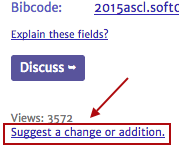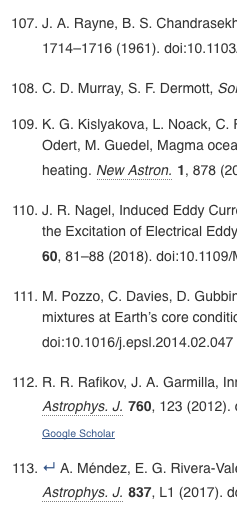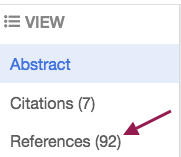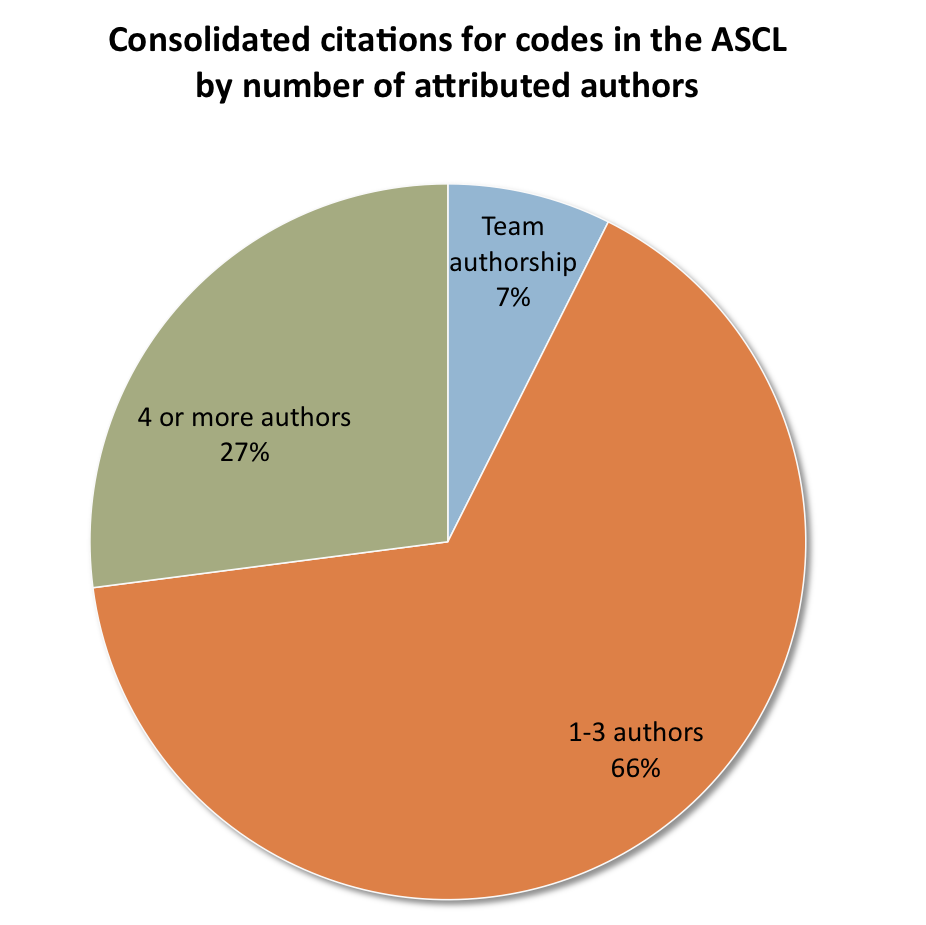I spent two days last week at the Open Digital Infrastructure in Astrophysics meeting at the Kavli Institute for Theoretical Physics (KITP) at UC Santa Barbara. This meeting featured presentations on open-knowledge digital infrastructure projects, the communities around them, their metrics for success, funding, diversity efforts, and plans for sustainability. Yeah, we’re talking code, a lot of code, and code projects, too, from AstroPy to yt, and data, and efforts that support openness and research transparency.
Open data presentations were given on:
STScI data, which includes JWST, Hubble, and PanSTARRS data, and the discovery and analysis software for these archives, by Arfon Smith
SDSS Data Infrastructure, by Joel Brownstein
LSST Transients data, by Federica Bianco
Open gravitational wave data and software tools for these data, by Duncan Brown
These software projects were represented at the meeting:
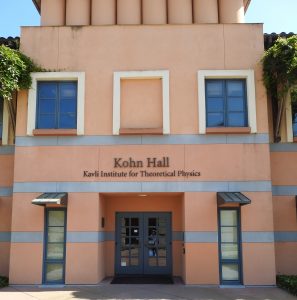 Astropy, by Kelle Cruz
Astropy, by Kelle Cruz
ATHENA++, by Jim Stone
Einstein Toolkit, by Philipp Mösta
emcee, by Daniel Foreman-Mackey
GYRE, by Rich Townsend
JETFIT, by Andrew Macfadyen
MESA Project, by Frank Timmes
TOM Toolkit and the AEON Network, by Rachel Street
yt, by Matt Turk
Other open digital resources presented were:
Journal of Open Source Software, by Arfon Smith
R astrostatistics, by Gwendolyn Eadie
Astrophysics Source Code Library, by yours truly
The meeting hashtag was #OpenAstroInfra, and many of the presentations were live tweeted. They were also video recorded and the podcasts are available on the KITP media page for the meeting, as are most of the slide decks. Participants of the co-located “Better Stars, Better Planets: Exploiting the Stellar-Exoplanetary Synergy” and “The New Era of Gravitational-Wave Physics and Astrophysics” programs were encouraged to attend, and we had a raven or two trying to have lunch with us as well.
Each of the presentations had about 15 minutes devoted to questions and discussion about the project highlighted. In two of these discussion sessions, the presenters were asked whether they were concerned about “improper use” of a code; sometimes people who are not well-schooled in the theory or science underlying a software package will use the code incorrectly, arriving at results that are dodgy, or downright wrong, and in a few cases (I know of only one), have then claimed the software is in error. This fear has been given as the reason some software authors do not release their code. I was cheering in my head with Jim Stone’s response to this question the first time it came up; he stated that there is so much benefit to making the code available that a potential improper use should not stop release. (YES!!!) He further went on to say, as did others in the room, that science will correct the record (YES!!!!!). I could not agree more with these replies, and it was great to hear these sentiments from others.
This was my first visit to KITP, and what a wonderful introduction to the institution it was! So many excellent projects, and so much exciting work being done in the open! My thanks to organizers Frank Timmes, Lars Bildsten, and Rich Townsend for inviting the ASCL to participate, and to the Sloan and Ford Foundations for funding the meeting.
ASCL presentation slides
